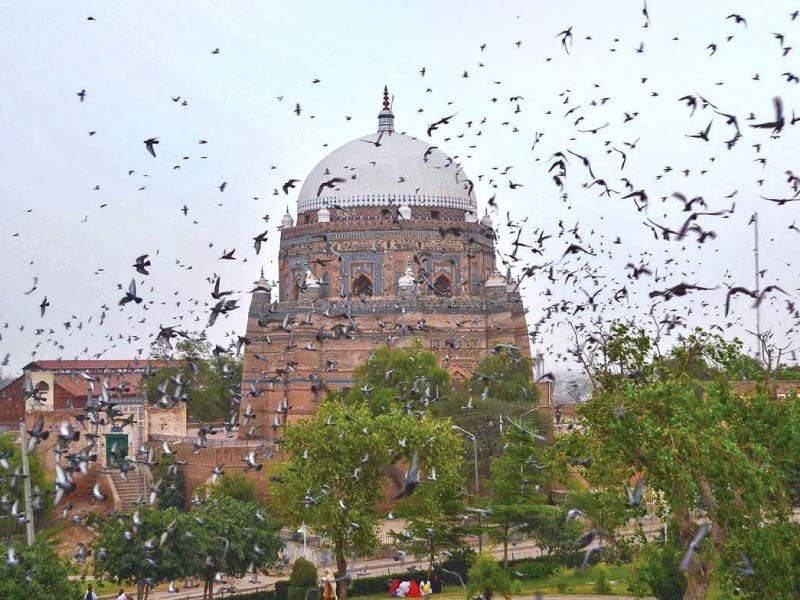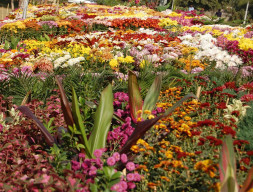
MULTAN: Multan is once again poised to become a cross-country route after the construction of the Multan-Sukkur Motorway as part of the China Pakistan Economic Corridor, a position it has held before in its long and tumultuous history.
Home to a vibrant culture and a dynamic pool of young talent, Multan carries the marks of civilizational evolution; a result of continuous habitation over the past five to six thousand years.
Once upon a time, the City of Saints enjoyed the status of a kingdom, a province and a cross-country trading route. Located on the banks of the Chenab River, it has always been a thriving metropolis.
Multan has survived for so long due to the esteemed position it enjoys with the rivers, revealed noted historian Hanif Chaudhry. Cultivating cotton and weaving fabric from lint was practiced widely, along with rearing animals and growing food crops.
In addition to this, the land has always supported art, poetry, singing and craftsmanship. The city’s archery bows, clay pots with intricate floral and geometrical designs and lamps made from camel skin are famous all over the world.
The origins of the city remain shrouded in doubt and mystery, however most historians agree on the fact that Multan was conquered by Alexander the Great in 200BC. The battle left him with severe wounds, which he never recovered from and died on his way back to Babylon, showed a brief history compilation by the Punjab Archaeology Department.
Nigar Khana: Multan’s famed spot for art, history lovers
Multan was eventually conquered by Muhammad Bin Qasim in 712AD after defeating the Hindu army. Jawahar-al-Bahoor, an Arabic book on history, described the city as a ‘house of gold’ during this time period.
Sultan Mehmood Ghaznavi attacked Multan twice, but Sultan Shahabuddin eventually conquered it between 1100-1200AD, appointing Ali Karman as governor of Multan and Uch.
The Mongols, including Changez Khan attacked in 1218AD. However, there was a distinct period in history when Multan was a separate kingdom, independent of Delhi, from 1400AD to 1500AD; firstly, under the Langah dynasty and then under the rule of Haibat Khan, a commander of Shershah Suri.
During the 80 years under the rule of the Langah dynasty, Multan became the principle caravan route between Qandahar and Delhi.
After the death of the Mughal emperor Babar, his son Humayun recaptured the Indian throne in 1555AD. A royal mint for silver and copper coins was established at Multan, Delhi, Agra and a few other places.
Under the Mughal emperors, Multan was at peace for two centuries from 1540 to 1748 during which agricultural cultivation increased and commerce flourished. After the fall of the empire, the city managed to escape foreign threats after invaders changed routes from Afghanistan to India.
Multan finally became a part of Pakistan in 1947, with a population of nearly 100,000. Now, the city is one of the most important hubs in South Punjab, with a variety of industries including textile. Its current population is over 1.8 million. The city boasts three universities, several colleges, tertiary healthcare facility, two railway stations, an international airport and many other amenities.
Published in The Express Tribune, May 13th, 2018.




























































COMMENTS (1)
Comments are moderated and generally will be posted if they are on-topic and not abusive.
For more information, please see our Comments FAQ